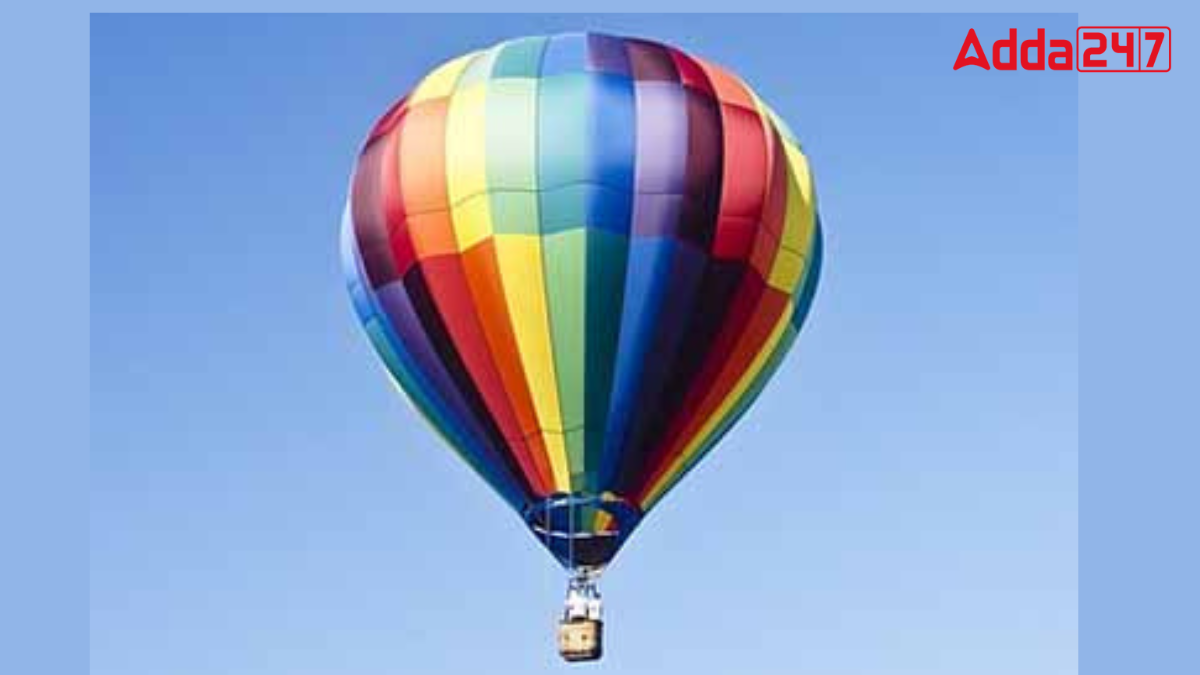The hot air balloon represents a remarkable leap in human innovation, capturing the imagination of adventurers and romantics since its inception. Its journey from a dream of flight to a celebrated mode of aerial exploration is both fascinating and inspiring. This article explores the invention of the hot air balloon and its historical significance.
Who Invented the Hot Air Balloon?
The hot air balloon was invented by the Montgolfier brothers, Joseph-Michel and Jacques-Étienne, in France in 1783. The brothers discovered that heated air was lighter than cooler air, which led them to experiment with balloons made from silk and taffeta. Their experiments with smoke-filled silk bags culminated in the creation of the first successful hot air balloon.
About the Montgolfier Brothers, the Inventors of Hot Air Balloon
Joseph-Michel Montgolfier (1740 – 1810) and Jacques-Étienne Montgolfier (1745 – 1799) were French paper manufacturers from Annonay. Initially intrigued by the concept of flight, they began their experiments with small paper bags before advancing to larger models made of silk and taffeta. Their persistence and ingenuity in developing the hot air balloon marked a significant contribution to aviation history.
When was the First Hot Balloon Made?
The Montgolfier brothers’ first large-scale hot air balloon was constructed in 1783 using silk and linen, and it was powered by an iron stove burning a mixture of straw and wool. In June 1783, they successfully launched this unmanned balloon, which ascended to approximately 6,000 feet before landing over a mile away. This success brought them widespread recognition and encouraged further experimentation.
The First Manned Hot Air Balloon Flight
On October 19, 1783, the Montgolfier brothers achieved another milestone by launching the first manned hot air balloon flight. Étienne Montgolfier and Jean-François Pilâtre de Rozier were the first to fly in a hot air balloon. The first free (non-tethered) human flight took place on November 21, 1783. The Montgolfier brothers’ demonstration with a duck, a sheep, and a rooster in a balloon marked a historic moment, demonstrating the potential of human flight.
Historical Uses for Hot Air Balloons
Since their invention, hot air balloons have found various applications:
- Military Signaling: In the late 18th century, hot air balloons were used by the French Army for military signaling. The Battle of Fleurus in 1794 saw the French Engineer Jean-Baptiste Meusnier using a tethered balloon for reconnaissance, which provided crucial intelligence that aided the French forces. Although less common today due to advances in technology, balloons played a significant role in military communications and reconnaissance.
- Charting Maps: Hot air balloons offered a unique perspective for mapping and identifying geological features. Their ability to provide a steady aerial view made them valuable for charting landscapes, discovering mineral deposits, and exploring fault lines.
- Sport: Hot air balloons have been a popular recreational activity since the late 19th century. The Gordon Bennett Cup, the first competitive hot air balloon race, took place in Paris in 1906. Besides competitive racing, hot air balloons are used for various sporting events, including skydiving and paragliding.




 Which Country is Known as the Land of Ch...
Which Country is Known as the Land of Ch...
 Which Bird is known as the King of Birds...
Which Bird is known as the King of Birds...
 Which City of Austria is Known as the Ci...
Which City of Austria is Known as the Ci...







